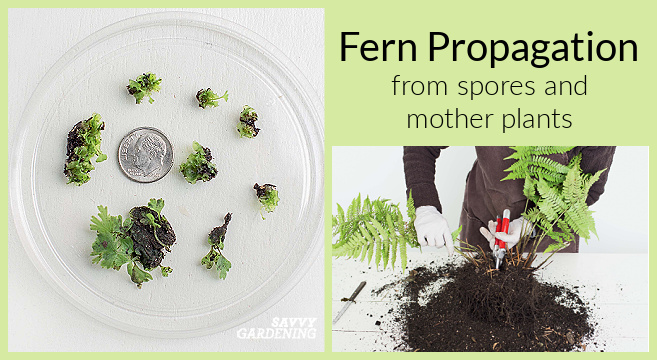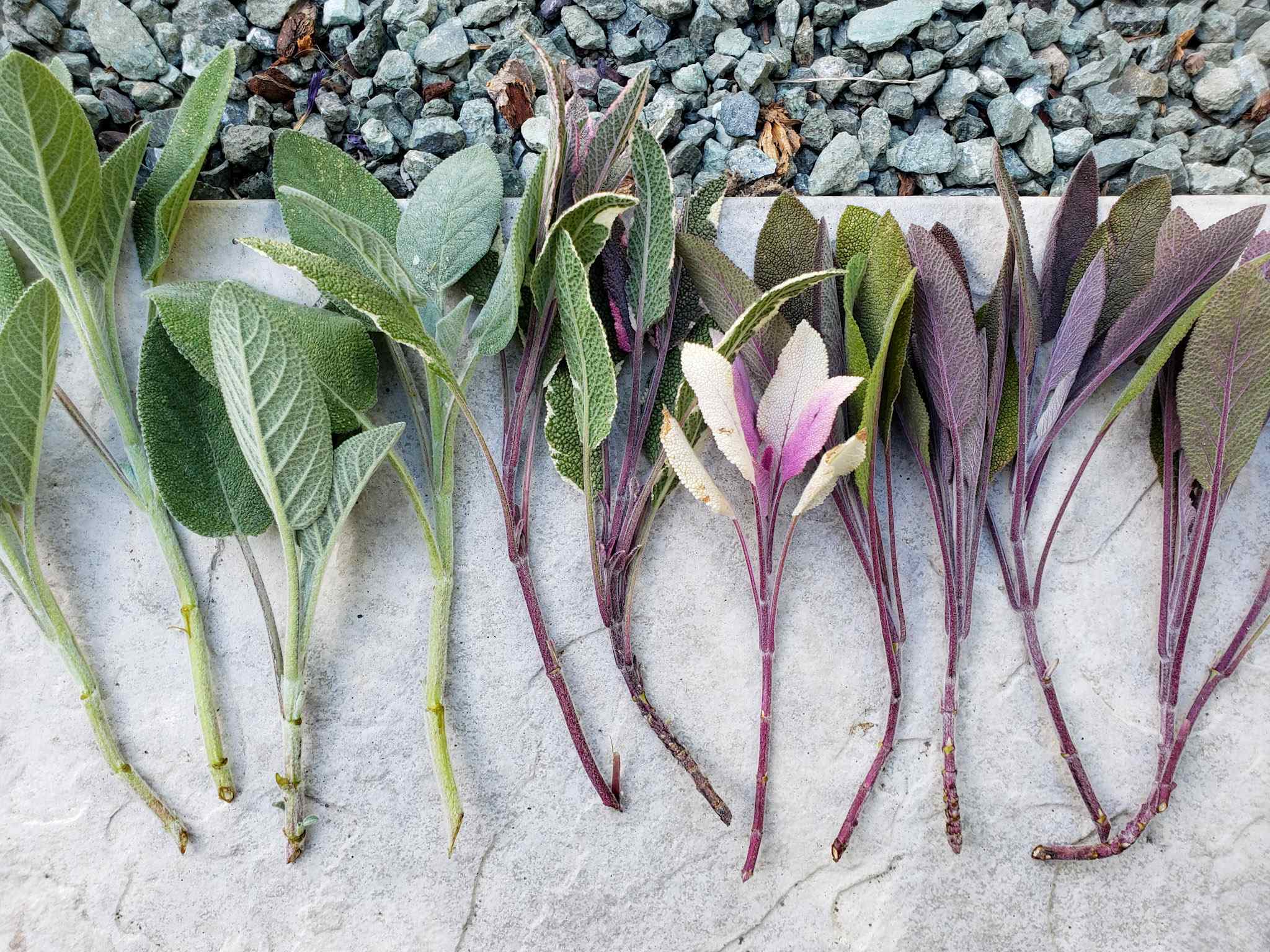Best way to root lantana cuttings
If you want to grow lantana plants in your garden, then rooting lantana cuttings is the best way to multiply your plants. Lantanas are beautiful flowering shrubs that are known for their bright and colorful blooms. By taking cuttings from a healthy lantana plant and rooting them properly, you can create new plants that will add beauty to your garden for years to come.
Rooting lantana cuttings may seem like a challenging task, but with the right technique and a little patience, you can successfully propagate these wonderful plants. In this article, we will discuss the best way to root lantana cuttings so that you can enjoy a bountiful garden filled with these stunning flowers.
Step-by-step guide to rooting lantana cuttings
1. Selecting the right cutting:
When choosing a cutting from a lantana plant, look for a stem that is healthy and free from any disease or damage. The cutting should be around 6 inches long and have at least two sets of leaves. Make sure to use a sharp, clean pair of pruners to take the cutting to ensure a clean cut.
2. Prepare the cutting:
After taking the cutting, remove the bottom set of leaves and any flowers or buds from the stem. This will help the cutting focus on root growth rather than maintaining foliage. Make a clean cut just below a node, which is where the leaves meet the stem.
3. Rooting medium:
Fill a small pot with a well-draining rooting medium, such as perlite or a mixture of peat moss and sand. Moisten the medium before planting the cutting to ensure that it stays hydrated. Use a pencil to create a small hole in the center of the medium for the cutting.
4. Plant the cutting:
Dip the cut end of the lantana cutting in rooting hormone powder to encourage root growth. Plant the cutting in the prepared hole in the rooting medium and gently press the medium around the stem to secure it in place. Water the cutting lightly to settle the soil.
5. Provide the right conditions:
Place the pot in a warm, bright location away from direct sunlight. Keep the cutting consistently moist but not waterlogged. To maintain high humidity, cover the pot with a clear plastic bag or a plastic dome to create a greenhouse-like environment.
6. Monitor the cutting:
Check the cutting regularly for signs of root growth, such as new leaf growth or resistance when gently tugged. It may take a few weeks for roots to develop, so be patient and continue to provide the right conditions for the cutting to thrive.
Conclusion
Rooting lantana cuttings is a gratifying experience that allows you to expand your garden with beautiful flowering plants. By following the step-by-step guide outlined in this article and providing the right care and conditions, you can successfully root lantana cuttings and enjoy a garden filled with these vibrant and colorful blooms.



